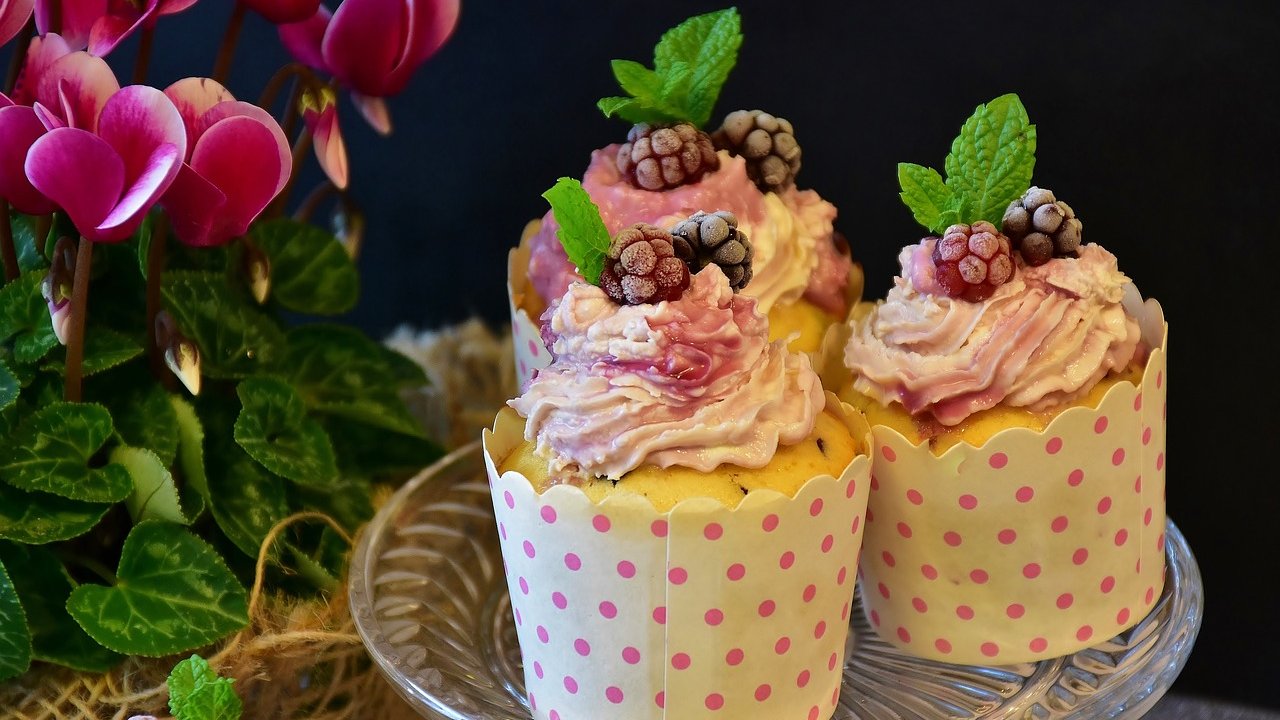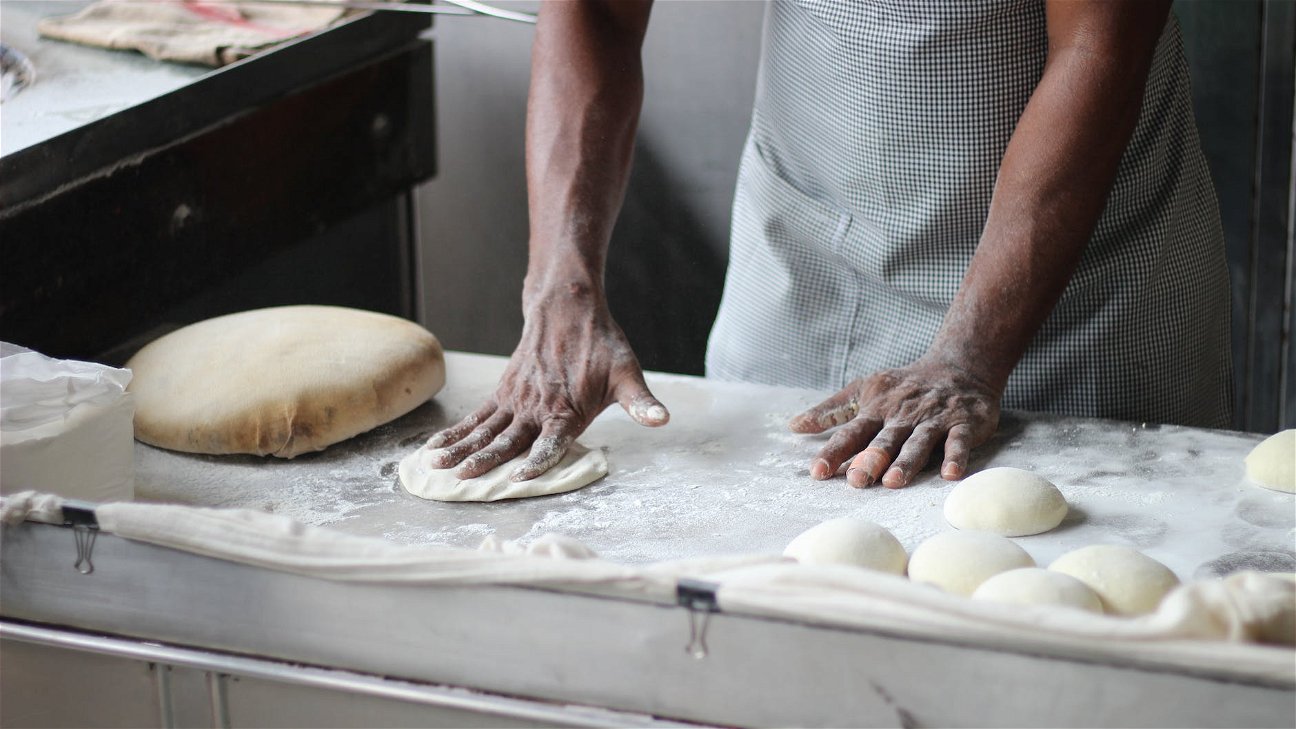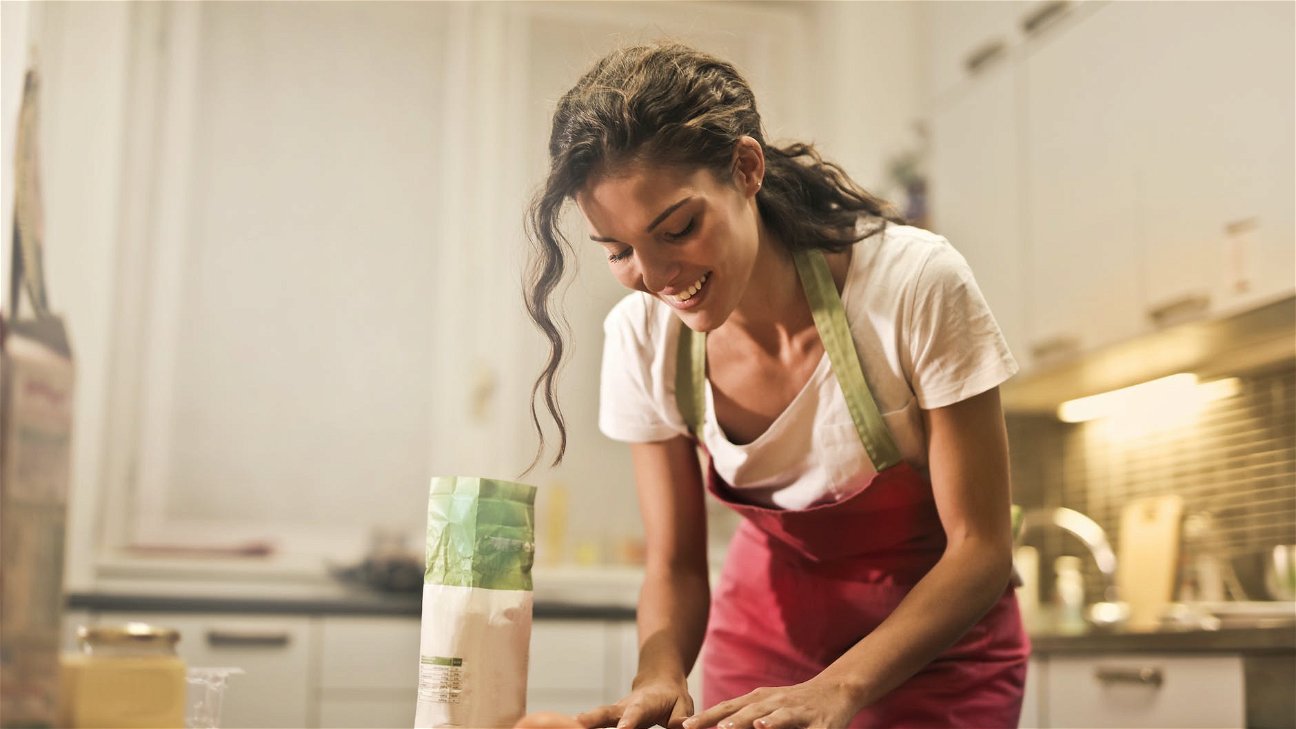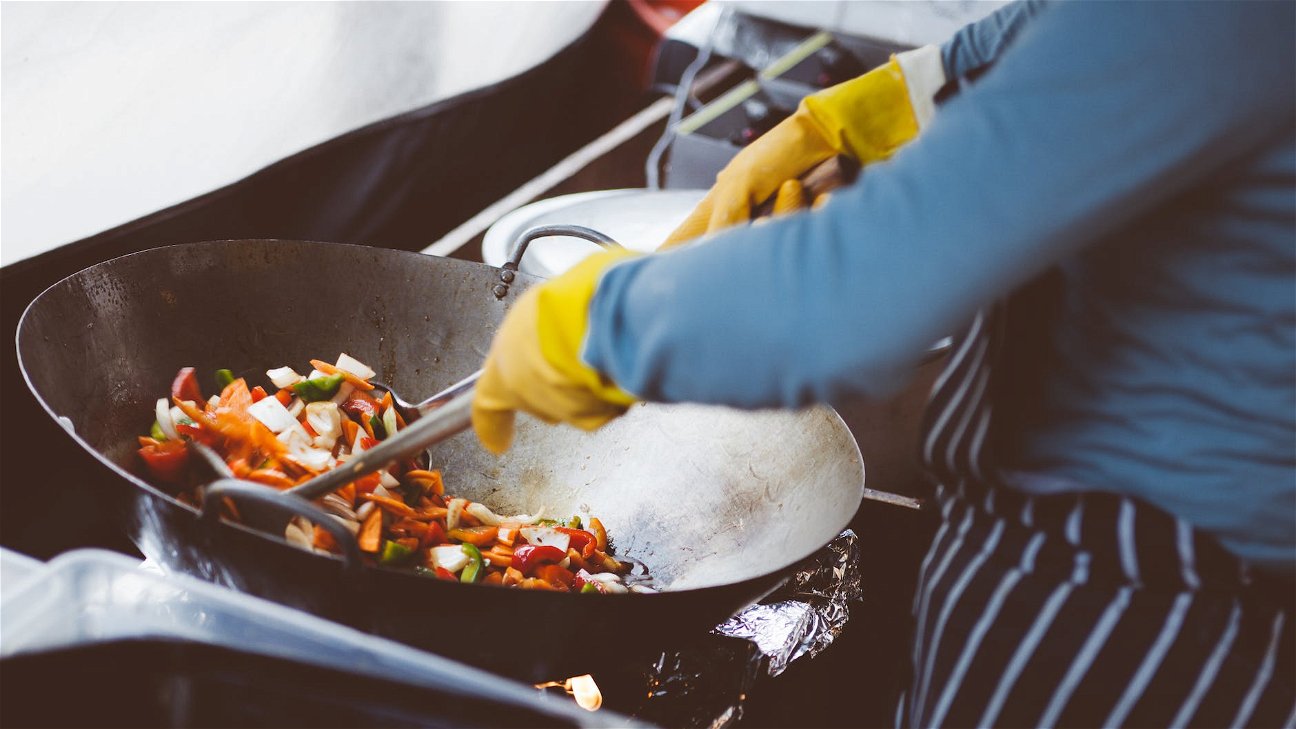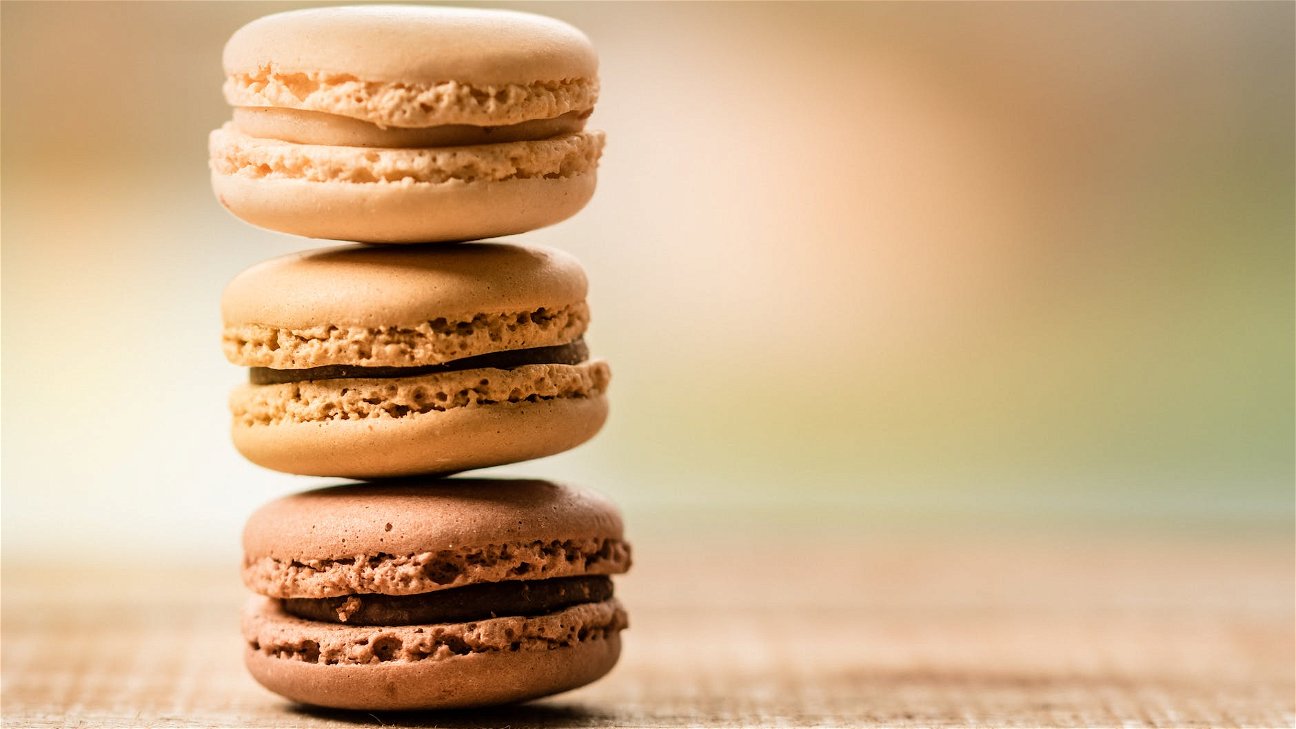
When you think of baking, you probably think of sugar, flour, eggs, and perhaps chocolate. But there's one crucial ingredient that often goes unnoticed but has a tremendous impact on the outcome of your baked goods - fats. The role of fats in baking is multifaceted, and understanding it can elevate your baking skills to a new level.
Why we use fats in baking
Fats play several roles in baking, each contributing to the overall quality of the baked product. They add moisture, tenderness, and richness to the dough or batter. Fats can also influence the texture, flavor, and color of the baked goods. Without fats, cookies would be tough rather than tender, cakes would be dry instead of moist, and pie crusts would lack their flaky, melt-in-your-mouth quality.
Here's a quick rundown of how fats affect baking:
-
Moisture: Fats coat the proteins and starches during the mixing process, reducing the amount of gluten formed. This results in a more tender, moist baked good.
-
Leavening: Fats contribute to the leavening process in two ways. First, when fat is creamed with sugar, it traps air bubbles that expand during baking, helping the baked goods rise. Second, in products like pastries, the water in the fat turns to steam, causing the dough to puff up and creating a flaky texture.
-
Flavor: Fats absorb and hold onto flavors, so they can enhance the taste of your baked goods. They also contribute their own distinct flavors. For example, butter has a rich, creamy taste that many people love in baked goods.
-
Color: Fats promote browning in baked goods, which not only adds to the visual appeal but also enhances flavor through the Maillard reaction.
Types of fats in baking
There are several types of fats that you can use in baking, each with its own unique properties and uses. Here's a brief overview:
Choosing the right fats for baking
When it comes to choosing the right fats for baking, it largely depends on the recipe and the desired outcome. Butter is often the go-to choice for many bakers due to its flavor and versatility. However, sometimes you might want the flaky texture that shortening provides or the moisture that oil adds. And while there are healthier alternatives to fats in baking, like applesauce or avocado, they can alter the texture and flavor of your baked goods, so it's important to experiment and adjust the recipe as needed.
Understanding the role of fats in baking can seem complicated, but once you grasp the basics, it becomes a powerful tool in your baking arsenal.


